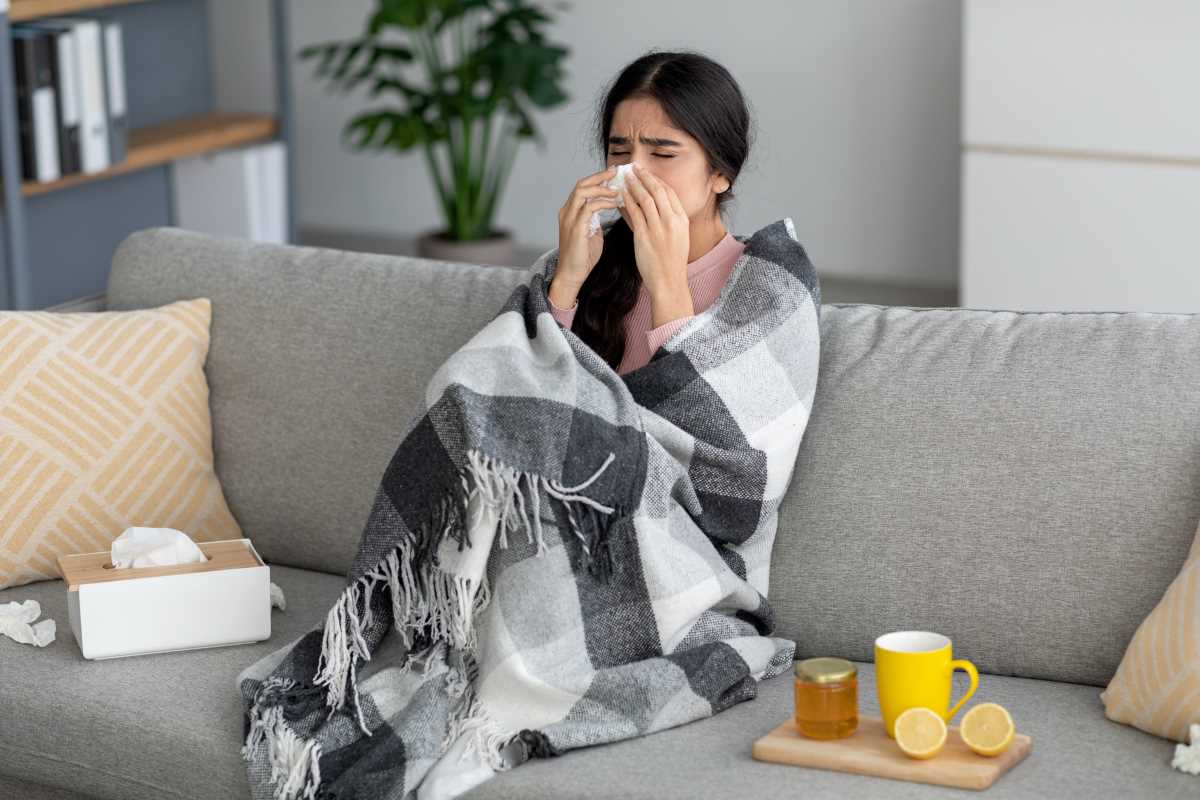Do you wake up feeling stiff, like your joints just won’t cooperate? Or maybe you’ve noticed swelling or tenderness in your hands or feet that doesn’t seem to go away. While these symptoms might seem minor at first, they could be early signs of rheumatoid arthritis (RA). Despite being a long-term condition, rheumatoid arthritis is easier to manage when caught early. Identifying the symptoms in time can help you get the treatment you need and prevent more severe complications down the road.
This guide will explore what rheumatoid arthritis is, the warning signs to watch for, the importance of early detection, and tips to manage symptoms if you think you might have it.
What Is Rheumatoid Arthritis?
Rheumatoid arthritis is a chronic autoimmune disease that primarily affects the joints. When you have RA, your immune system, which is supposed to protect you from infections, mistakenly attacks the lining of your joints. This leads to inflammation, pain, and eventually damage to the joint tissue. Over time, this can cause permanent joint deformities if left untreated.
Unlike osteoarthritis, which is mostly caused by wear and tear, rheumatoid arthritis is an autoimmune disorder, meaning it stems from an immune system malfunction. It can also affect other parts of the body, like the skin, eyes, lungs, and heart, making it a systemic condition.
While it can develop at any age, RA most commonly appears in middle-aged adults, though it’s not uncommon for it to start earlier. The condition tends to develop gradually, with subtle symptoms at the beginning.
Early Symptoms of Rheumatoid Arthritis
Spotting RA early can be tricky because its symptoms often mimic those of other conditions, and they can come and go. That said, there are certain hallmark signs to watch for.
1. Joint Pain and Tenderness
The earliest sign of RA is typically joint pain or tenderness. This often starts in small joints, like those in your hands, wrists, or feet. The pain may feel achy or sharp and might worsen when you apply pressure to the joint.
2. Morning Stiffness
A feeling of stiffness in your joints in the morning is another classic symptom. While many people feel a bit stiff after waking up, RA-related stiffness lasts longer, sometimes for hours.
3. Swelling in the Joints
Inflammation caused by RA can make your joints visibly swollen and puffy. You might notice that rings or shoes feel tighter than usual, even if your weight hasn’t changed.
4. Warmth or Redness Over Joints
Inflamed joints may feel warm to the touch, and the skin around the joint can appear red or discolored.
5. Fatigue
RA isn’t just about joint issues; it can also sap your energy. Consistent fatigue or feeling unusually tired throughout the day might be one of the first signs of an autoimmune condition like RA.
6. Low-Grade Fever
Some people with RA experience a slightly elevated temperature, usually below 100°F, along with other symptoms like joint pain or fatigue.
7. Symmetrical Pain
One of the defining traits of RA is its symmetry. If one hand or wrist is experiencing pain and swelling, chances are the other will be, too.
Since these symptoms can overlap with other causes of joint pain, like overuse injuries or other forms of arthritis, paying attention to patterns and consistency over time is key.
Why Early Detection Is Important
Catching RA early can make a huge difference in your quality of life. Here’s why it’s so critical to spot the symptoms and seek help as soon as you can.
1. Preventing Joint Damage
The longer RA goes untreated, the more damage it can do to your joints. Early treatment can slow or stop the progression of the disease, preserving your mobility and function.
2. Better Treatment Outcomes
The earlier RA is diagnosed, the easier it is to manage. Medications like disease-modifying antirheumatic drugs (DMARDs) and biologics work best in the early stages of the disease.
3. Improved Quality of Life
RA can affect more than just your joints. It can also cause fatigue, depression, and other systemic symptoms. Treating it early improves your overall well-being and makes daily activities easier.
4. Lower Risk of Complications
RA has been linked to complications like heart disease, lung issues, and osteoporosis. Early treatment reduces the likelihood of these secondary problems developing.
Risk Factors for Rheumatoid Arthritis
While we’re not entirely sure what causes RA, researchers believe a mix of genetic, environmental, and lifestyle factors plays a role. Here are some things that might increase your risk:
- Family History: If someone in your family has RA, your chances of developing it are higher.
- Gender: Women are more likely to get RA than men.
- Smoking: Smoking has been linked to a higher risk of developing RA and can make symptoms worse.
- Age: RA can develop at any age, but it’s most common in people between 30 and 60.
- Obesity: Extra weight puts additional stress on your joints and might increase inflammation.
If you have risk factors and are noticing unusual symptoms, it’s worth discussing with a doctor.
Tips for Managing RA Symptoms
While there’s no cure for RA, there are plenty of ways to manage symptoms effectively and live a full, active life. Here are some tips to help you feel better.
1. Stay Active
Low-impact activities like swimming, walking, or yoga can help improve joint flexibility and strengthen the muscles that support your joints. Always listen to your body and avoid overdoing it during flare-ups.
2. Focus on Anti-Inflammatory Foods
What you eat can influence inflammation levels. Try incorporating foods like fatty fish, leafy greens, berries, and nuts into your diet while reducing processed or fried foods.
3. Use Heat and Cold Therapy
Applying heat can relax stiff joints, while a cold compress can numb pain and reduce swelling. Experiment to find what works best for you.
4. Practice Stress Management
Chronic stress can make RA symptoms worse. Meditation, deep breathing exercises, or even finding a calming hobby can help you manage stress and reduce flare-ups.
5. Take Breaks
Give your body time to rest when needed. Pace your activities, and don’t feel guilty about taking extra time to recover during bad days.
6. Follow Your Treatment Plan
If you’ve been prescribed medication for RA, take it as directed. Skipping doses can lead to flare-ups or long-term damage.
When to Consult a Doctor
If you’ve been dealing with symptoms like joint pain, swelling, or persistent fatigue, don’t wait to get help. Here’s when you should reach out to a healthcare provider:
- Your symptoms last more than a few weeks or keep coming back.
- Pain or stiffness in your joints interferes with daily activities.
- You notice new symptoms, like unexplained weight loss, fever, or shortness of breath.
Remember, you don’t need a definite diagnosis to see a doctor. Even if you’re not sure, discussing your concerns can help you get on the right track toward diagnosis and treatment.
 (Image via
(Image via





